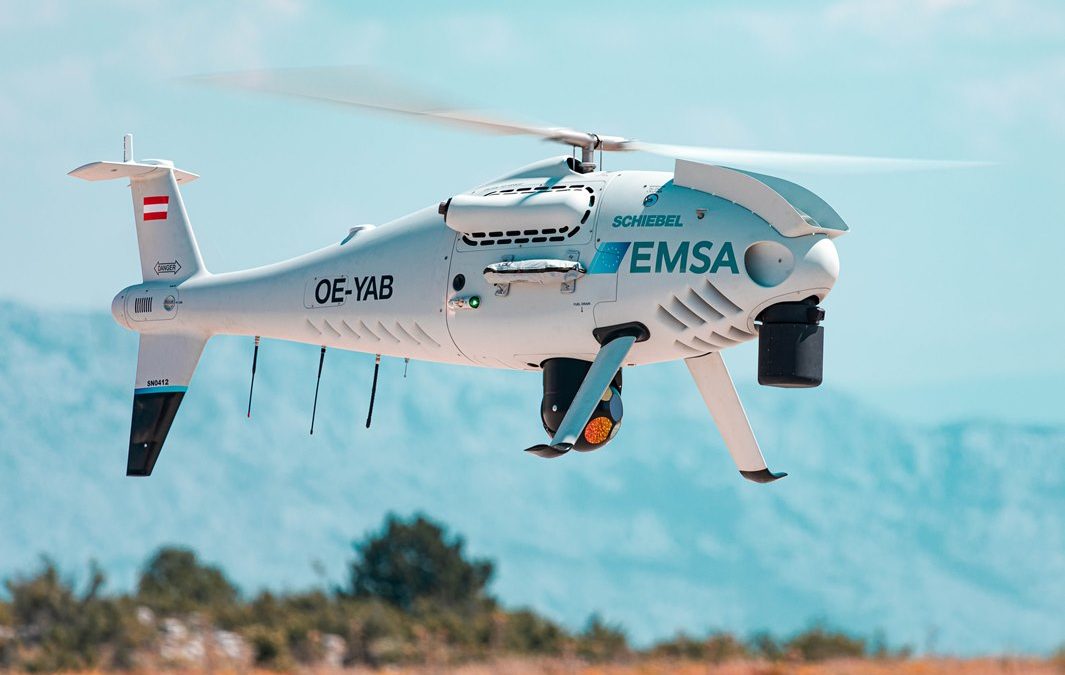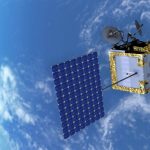Portugal-based European Maritime Safety Agency (EMSA), together with Germany’s Federal Maritime and Hydrographic Agency (BSH), is conducting a large-scale emissions monitoring campaign using remotely piloted aircraft, scheduled to begin later this month.
Over a three-month period, a specially equipped drone will measure the sulphur content in the exhaust plumes of ships transiting the Baltic Sea in order to be able to detect violations of the applicable limits.
At the same time, image data will also be collected for hydrographic surveying purposes.
The remotely piloted aircraft will take off from the German Armed Forces’ Staberhuk site on the east coast of Fehmarn and fly over selected ships operating in the Fehmarn Belt and the Kadetrinne/Kadetrenden in order to measure the sulphur content of their exhaust plumes using specific sensors.
In this way, it will be possible to infer the sulphur content of the ship’s fuel, which must not exceed a level of 0.10% in the Baltic Sea Emission Control Area (SECA).
The measurement results are made available in real-time to responsible authorities in all European ports via THETIS-EU, the Port State Control information system operated by EMSA.
In this way, ships can be specifically selected for inspection at their next port of call and samples of the fuel can be taken. If violations of the strict sulphur limits are proven, those responsible face heavy penalties.
In addition to ship exhaust gas measurements, multispectral aerial imagery is acquired. For shallow waters, bathymetric values can be extracted from images. Furthermore, imagery allows for three-dimensional mapping of the shore zone.
The drone survey campaign will investigate whether aerial imagery can provide complementary information for the German hydrographic surveying service.
The drone flights are operated by the Norwegian company Nordic Unmanned on behalf of EMSA. The sensor technology and analysis capabilities for the emission measurements are supplied by the Danish company Explicit ApS.
Source: Offshore Energy






